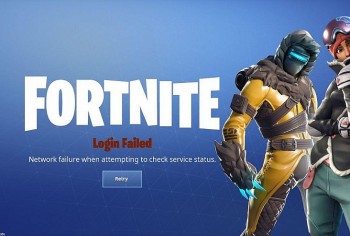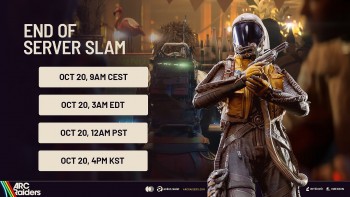FACTS about ANTIFA – alleged terrorism by Trump?
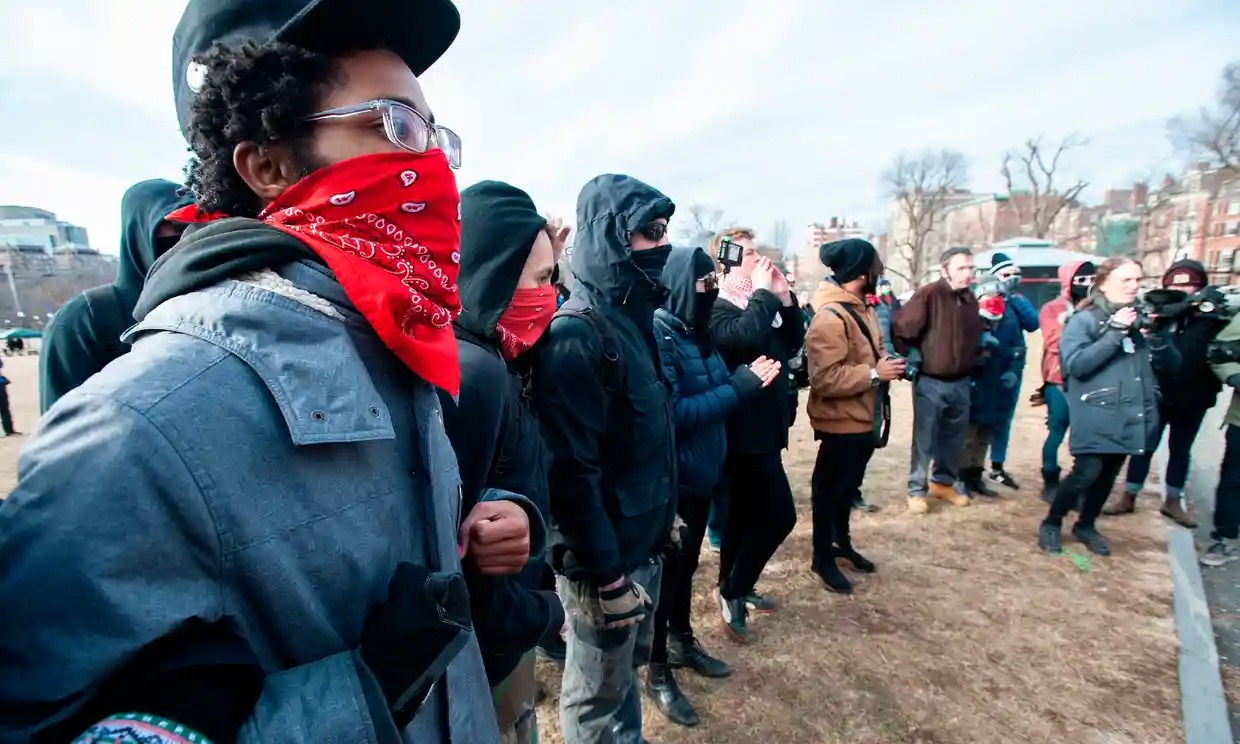 |
| Antifa members at the Women’s March in Boston, Massachusetts, on 19 January 2019. Photograph: Joseph Prezioso/AFP/Getty Images. |
A riot had broken out in downtown Portland on New Year's Eve that included broken windows, small fires, and commercial-grade fireworks fired at public buildings, Pamplinmedia reported.
In a New Year's Day press conference following the happening, Portland Mayor Ted Wheeler laid out the "who, what, when, where and why" of what happened Thursday night when the Multnomah County Justice Center, US. Courthouse and numerous businesses came under attack.
"The who: violent Antifa and anarchists," Wheeler said, explaining they rampaged through downtown Portland causing tens of thousands of dollars of damage with commercial fireworks aimed at buildings, broken windows, fires in the street, and graffiti.
The emergence of ANTIFA in the mainstream press following George Floyd’s death
Antifa is a useful umbrella term that denotes a broad spectrum of groups and individuals of far-left or anarchist tendencies. The term itself means simply anti-fascist, The Guardian explained.
Mark Bray, a historian and the author of Antifa: The Antifascist Handbook, said in a telephone conversation that antifa is a loose movement of “decentralized revolutionary self defense” opposed to the far right.
The term has been strongly noted since the death of George Floyd, an unarmed African American who died after his neck was pinned under a police officer’s knee for nearly nine minutes in May 2020 leading to protests erupted in over 140 U.S. cities. In some cities, looters to do whatever it likes, some individuals burnt cars, attacked police … U.S. officials fingered—without evidence—Antifa as the main culprits.
On May 31,President Trump tweeted that he intended to designate Antifa as a terrorist organization. Attorney General William Barr similarly remarked that "the violence instigated and carried out by Antifa and other similar groups in connection with the rioting are domestic terrorism and will be treated accordingly."
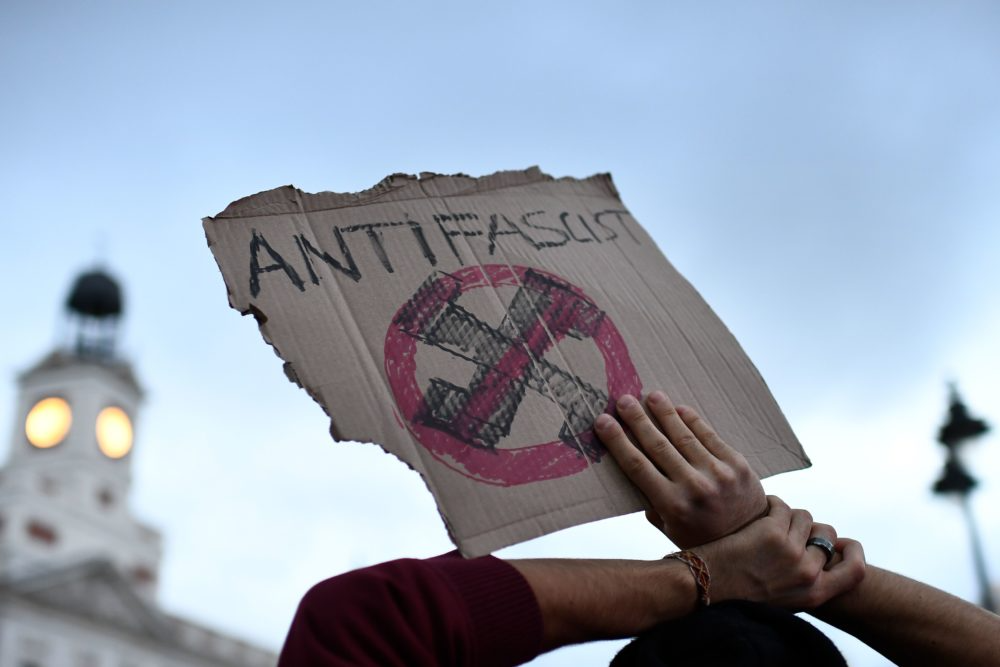 |
| Trump wants to designate antifa — short for "anti-fascists" — as a terrorist organization. Attorney General William Barr says they're to blame for looting in cities. (Oscar Del Pozo/AFP/Getty Images) |
A history about the movement?
The antifa movement traces its heritage to radical left groups that resisted dictators such as Mussolini and Hitler in Europe in the 1930s. In Germany, the communist-aligned Antifaschistische Aktion fought street battles with Hitler’s followers until it was forcibly disbanded in 1933.
This tradition was revived in Europe during the 1980s and 1990s, with the rise of nazi skinheads and other far right groups. It arrived in the US in the late 1980s, with the creation of Anti Racist Action (ARA) in Minneapolis.
So who are some antifa groups?
The movement – which is also strongly associated with anarchist politics – is not defined by lasting institutions. ARA no longer exists and the oldest identifiable group in the US is probably Portland’s Rose City Antifa, which dates from 2007.
Contemporary antifa groups have a distinctive repertoire of tactics ranging from publicly identifying members of far-right groups, to physically resisting them in the streets. Often, in street protests, activists dress in “black bloc” attire including balaclavas or masks to conceal their identity.
Local action
Antifa label is most often applied to smaller-scale groups of like-minded people who live in the same community, working to prevent fascists from threatening their targets and from attracting new followers, The Conversation reported.
These groups are rarely militant or violent. Most of them engage in commonly accepted forms of political activism. For instance, anti-fascists often work to find out where fascist groups and people are active in an area, and then share that information with the wider community, bringing that activity to public attention.
Anti-fascist activists also take advantage of the general social stigma associated with being a fascist, and identify people who participate in fascist events or post fascist messages online.
Culture is another part of anti-fascist work, including art and music. By creating T-shirts and stickers with inclusive messages, and hosting concerts, film screening and art shows, anti-fascists work to create an environment of inclusion and equality that doesn’t directly attack fascism but simply exists in opposition to it.
Some direct confrontation
There are more militant anti-fascists, too, who mostly engage in non-militant activism but are willing, at times, to use more confrontational tactics. These people are more open to counterprotesting, sabotage and the use of force, which includes acts of violence.
The varied and decentralized nature of anti-fascist efforts means it includes virtually anyone who opposes violent enforcement of social inequalities to engage in activism. A diverse range of participants and tactics falls under the umbrella of a broad effort to stop fascism.
Threat from Antifa and other types of extremists?
According to Seth G. Jones holds the Harold Brown Chair and is director of the Transnational Threats Project at Center for Strategic and International Studies in Washington, D.C, the threat from Antifa and other far-left networks is relatively small in the United States. The far-left includes a decentralized mix of actors. Anarchists, for example, are fundamentally opposed to the government and capitalism, and they have organized plots and attacks against government, capitalist, and globalization targets. Antifa followers have committed a tiny number of plots and attacks.
Like virtually every domestic extremist group in the United States—including such white supremacist organizations as the Base and the Atomwaffen Division—the U.S. government has not designated Antifa as a terrorist organization, Jones’ view cited by Center for Strategic &International Studies (CSIS).
Instead, the U.S. government has generally designated only international terrorist groups, such as al-Qaeda and the Islamic State. In April 2020, the Trump administration designated the Russian Imperial Movement, an ultra-nationalist white supremacist group based in Russia, as a terrorist organization.
While President Trump raised the possibility of designating Antifa as a terrorist organization, such a move would be problematic. It would trigger serious First Amendment challenges and raise numerous questions about what criteria should be used to designate far-right, far-left, and other extremist groups in the United States. In addition, Antifa is not a “group” per se, but rather a decentralized network of individuals. Consequently, it is unlikely that designating Antifa as a terrorist organization would even have much of an impact.
Based on a CSIS data set of 893 terrorist incidents in the United States between January 1994 and May 2020, attacks from left-wing perpetrators like Antifa made up a tiny percentage of overall terrorist attacks and casualties. Right-wing terrorists perpetrated the majority—57 percent—of all attacks and plots during this period, particularly those who were white supremacists, anti-government extremists, and involuntary celibates (or incels). In comparison, left-wing extremists orchestrated 25 percent of the incidents during this period, followed by 15 percent from religious terrorists, 3 percent from ethno-nationalists, and 0.7 percent from terrorists with other motives. In analyzing fatalities from terrorist attacks, religious terrorism has killed the largest number of individuals—3,086 people—primarily due to the attacks on September 11, 2001, which caused 2,977 deaths. In comparison, right-wing terrorist attacks caused 335 fatalities, left-wing attacks caused 22 deaths, and ethno-nationalist terrorists caused 5 deaths.
Viewed in this context, the threat from Antifa-associated actors in the United States is relatively small.
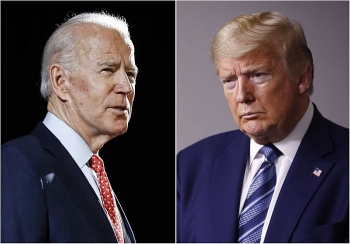 On January 6 - Key Date for Trump vs Biden: 140 House Republicans vote against and Wild Protests On January 6 - Key Date for Trump vs Biden: 140 House Republicans vote against and Wild Protests On January 6 - last chance for Trump vs Biden: At least 140 Republicans in the House of Representatives reportedly are expected to vote against ... |
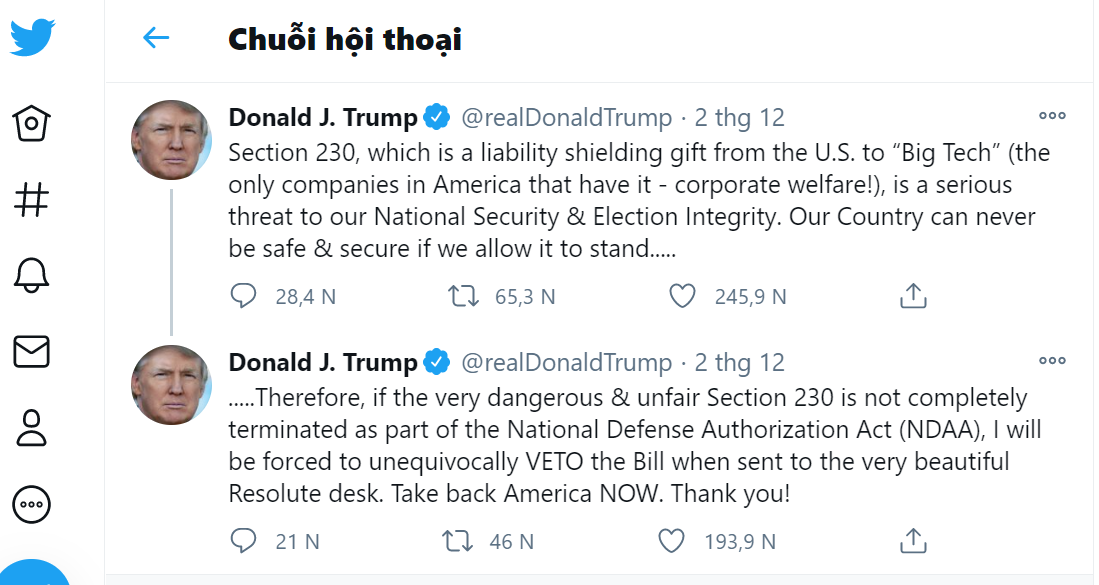 What is Section 230, inspiring Trump’s vetoes major defense bill? What is Section 230, inspiring Trump’s vetoes major defense bill? Section 230 enacted in 1996 was a part of the Communications Decency Act law that protects social networking platforms such as Twitter, Facebook, and YouTube ... |
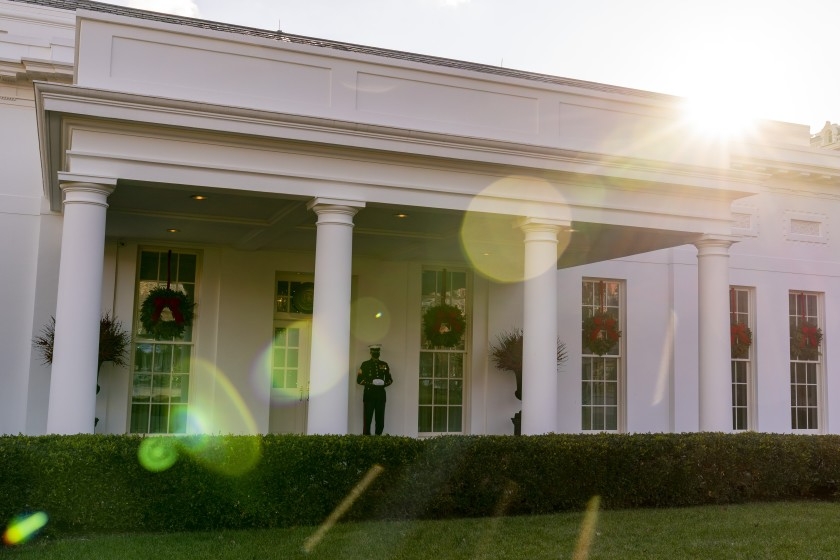 Update Trump’s Pardons: List of 20 high-profile individuals revealed Update Trump’s Pardons: List of 20 high-profile individuals revealed The White House announced that President Donald Trump decided to pardon 15 individuals including Former campaign adviser George Papadopoulos, former Reps. Chris Collins and Duncan ... |

























